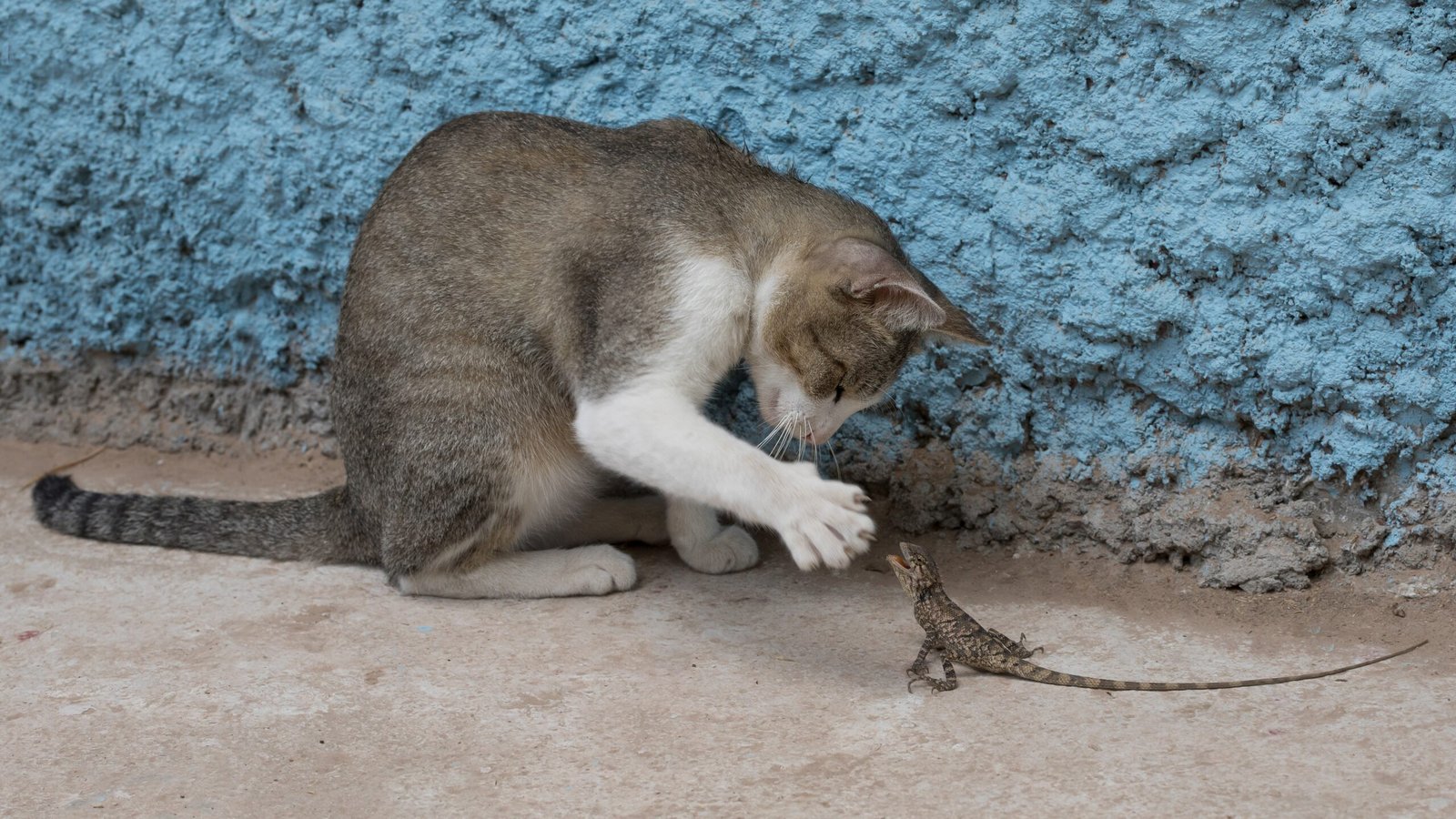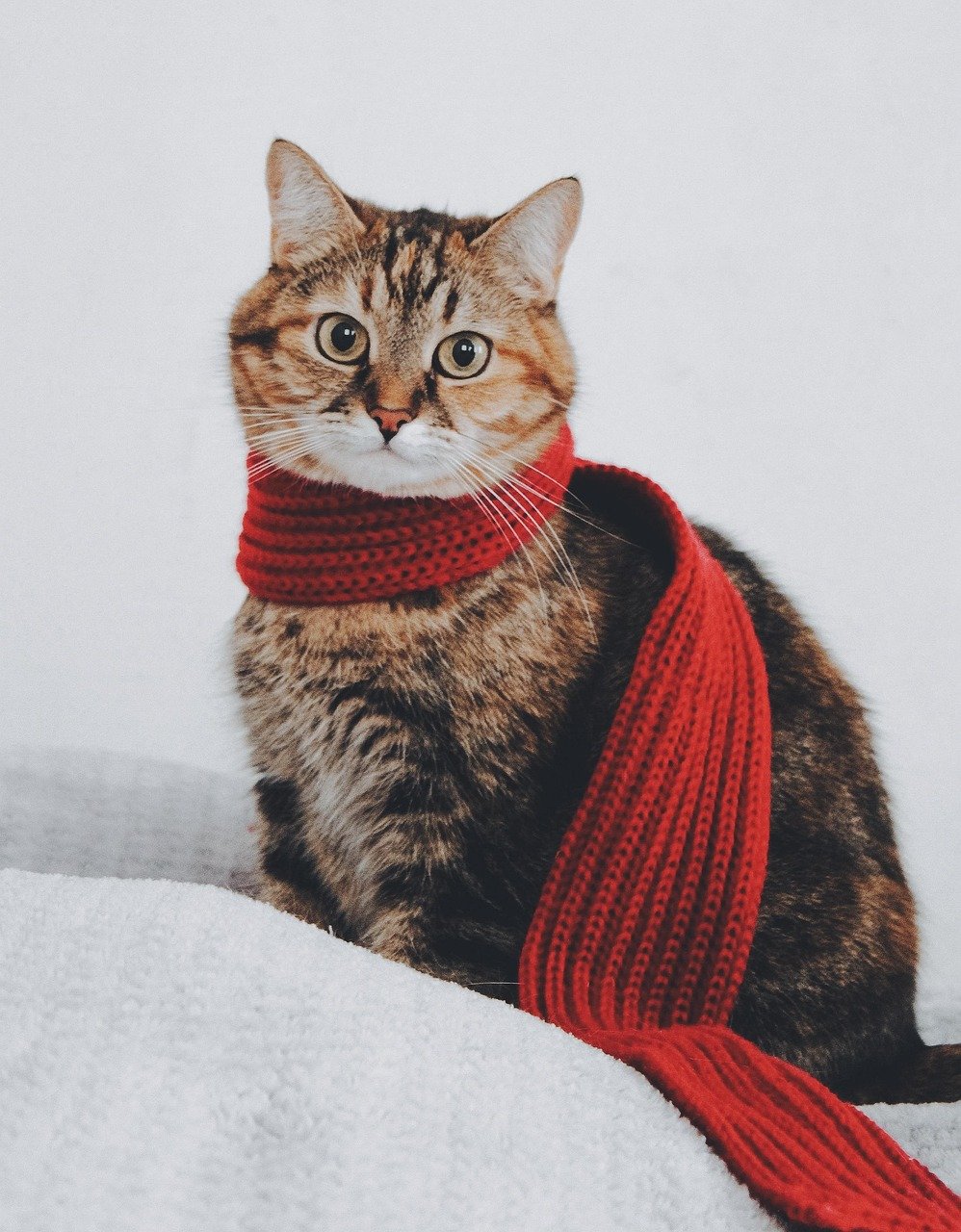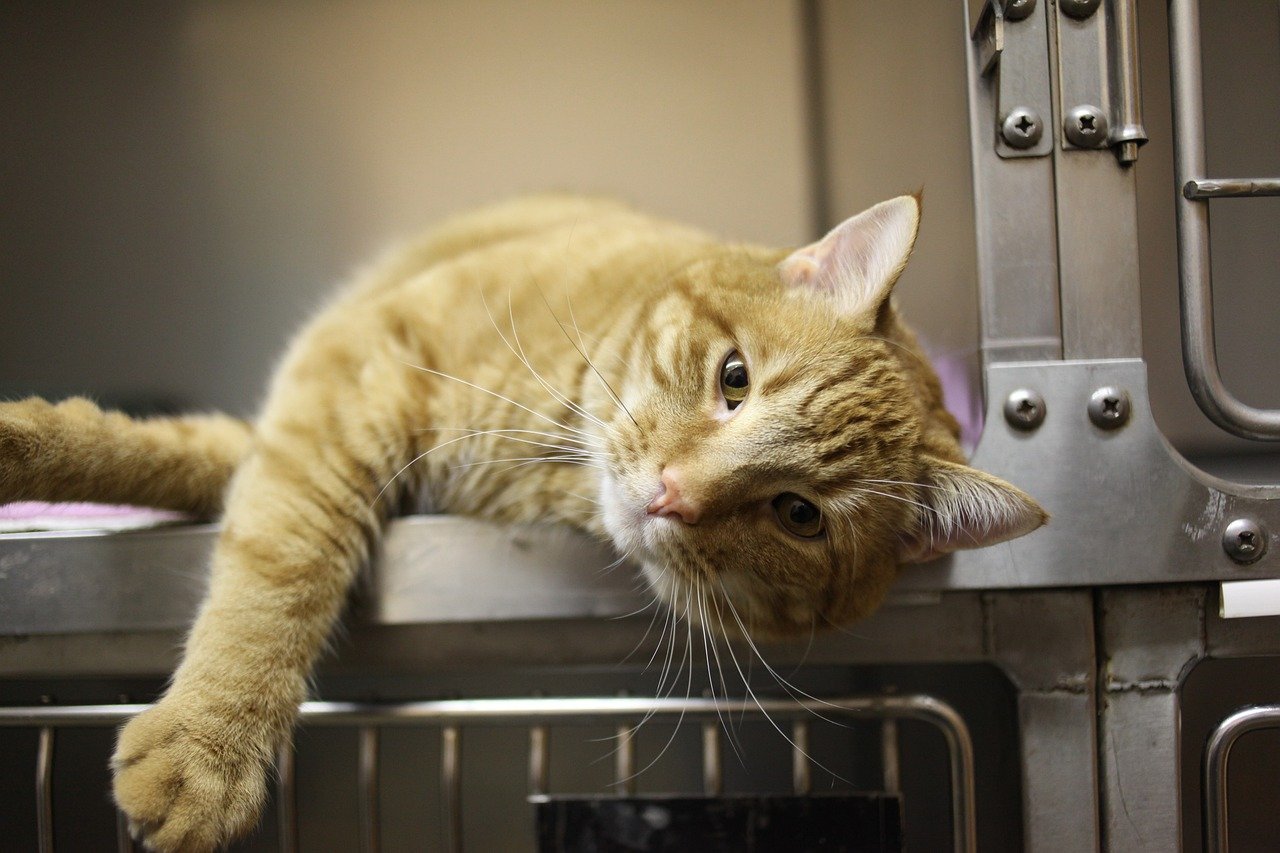Choosing the perfect carrier for your feline friend can be a daunting task, especially when you consider the wide variety of personalities that cats possess. Just like humans, cats are unique with their own quirks and preferences. Understanding these traits can be the key to selecting a carrier that will keep your cat comfortable and happy. Here’s a guide to help you make the best choice for your beloved pet.
Understanding Your Cat’s Personality
Cats are wonderfully complex creatures, each with their own personality. Some are adventurous and love exploring new places, while others prefer the safety and comfort of familiar surroundings. Observing your cat’s behavior at home can provide valuable insights into their personality. Does your cat hide when guests come over, or are they the first to greet them at the door? Knowing whether your cat is more introverted or extroverted will help in selecting the right carrier.
Consider Your Cat’s Size
The size of your cat plays a crucial role in choosing the right carrier. A carrier that’s too small will make your cat feel cramped and anxious. Conversely, a carrier that’s too large may not provide the sense of security that many cats crave. It’s essential to measure your cat’s length and height, ensuring that the carrier allows them to stand, turn around, and lie down comfortably. Remember, a well-fitted carrier can make all the difference in your cat’s travel experience.
Material Matters: Hard vs. Soft Carriers
When it comes to carrier materials, both hard and soft options have their pros and cons. Hard carriers are durable and easy to clean, making them suitable for long journeys. They offer excellent protection but can be heavier and less comfortable for the cat. Soft carriers, on the other hand, are lightweight and cozy, which can be more appealing for short trips or vet visits. Consider your cat’s temperament and the purpose of the carrier when deciding on the material.
Ease of Access and Ventilation
A carrier should have adequate ventilation to keep your cat cool and comfortable. Look for carriers with mesh panels or ventilation holes that allow for proper airflow. Additionally, ease of access is vital. Some cats are more cooperative than others, and having a carrier with multiple entry points can make loading and unloading your cat much easier. Think about how your cat behaves when being picked up or placed into small spaces, and choose accordingly.
Security Features to Keep Your Cat Safe
Safety is a top priority when selecting a carrier. Ensure that the carrier has secure latches and zippers to prevent accidental escapes. Some carriers come with additional safety features like seatbelt loops or clips for added security during car travel. It’s also wise to check the sturdiness of the carrier, as a flimsy structure could collapse or break, endangering your cat.
Choosing the Right Style

From backpacks to rolling carriers, the style of the carrier can greatly impact your cat’s comfort. Backpack carriers are great for active owners who enjoy hiking or walking with their cats. Rolling carriers can be convenient for easy mobility, especially for heavier cats. Consider your lifestyle and how you plan to use the carrier, ensuring it aligns with both your needs and your cat’s comfort.
Evaluating the Interior Comfort

The interior of the carrier should be inviting and comfortable for your cat. Look for carriers with padded floors or the ability to add a soft blanket. Cats often enjoy a cozy space, so an interior that feels like a soft bed can help reduce anxiety during travel. Some carriers also come with removable liners that can be washed, keeping the space clean and hygienic.
Considering Your Cat’s Age
Your cat’s age can influence their comfort and ease of travel. Kittens may prefer a snug, enclosed space that mimics the warmth of their mother’s presence, while older cats might need more room to stretch and move around. Consider any age-related health issues your cat might have, such as arthritis, which could affect their comfort in a particular type of carrier.
Acclimating Your Cat to the Carrier
Introducing your cat to a new carrier can take time and patience. Start by placing the carrier in a familiar area of your home, leaving the door open for exploration. You can entice your cat with treats or toys to encourage them to enter the carrier willingly. Gradually build positive associations with the carrier by allowing your cat to spend time inside without closing the door.
Assessing Your Budget
Carriers come in a wide range of prices, and it’s important to find one that fits your budget without compromising on safety and comfort. While it’s tempting to save money by choosing a cheaper option, investing in a high-quality carrier can provide peace of mind and last for years. Consider what features are most important to you and allocate your budget accordingly.
Travel Frequency and Distance
How often and how far you travel with your cat can impact the type of carrier you choose. For frequent travelers, a durable, easy-to-clean carrier might be best. For those who only take their cats to the vet occasionally, a simpler, more affordable option may suffice. Consider the typical duration of your trips and the mode of transportation you use most often.
Reviews and Recommendations

Reading reviews and seeking recommendations from other cat owners can provide valuable insights. Look for feedback on the carrier’s durability, comfort, and ease of use. Personal experiences from fellow pet owners can help you make an informed decision, especially if you have specific concerns or requirements for your cat.
Testing Before Buying
If possible, test the carrier with your cat before making a purchase. Many pet stores allow you to bring your cat along to try out different carriers. This hands-on approach lets you see how your cat reacts to the carrier and whether they seem comfortable and secure inside. It’s a proactive way to ensure you’re making the right choice.
Considering the Carrier’s Weight
The weight of the carrier itself can affect your ability to transport your cat with ease. A lightweight carrier is easier to carry and maneuver, especially for longer distances. However, ensure that the lighter weight doesn’t compromise the durability and safety of the carrier. Balance is key when considering weight and sturdiness.
Special Features for Unique Needs

Some cats have unique needs that require special features in a carrier. For example, a cat with anxiety might benefit from a carrier with a calming, enclosed design. Cats with special dietary or medical needs may require carriers with pockets for storing supplies. Tailor the carrier to your cat’s specific needs for the best experience.
Environmental Considerations
Consider the environments you and your cat frequently encounter. If you live in a rainy area, a water-resistant carrier might be beneficial. For hot climates, focus on carriers with excellent ventilation to keep your cat cool. Matching the carrier to your environmental conditions ensures your cat’s comfort and safety.
Exploring Color and Design Options
While aesthetics might not be the top priority, choosing a carrier in a color and design you love can make traveling with your cat more enjoyable. Some cats might even be attracted to certain colors or patterns, making them more willing to enter the carrier. Explore your options and find a design that suits both you and your feline friend.
Seeking Professional Advice

If you’re uncertain about which carrier to choose, consulting with a veterinarian or a professional cat behaviorist can provide guidance. They can offer personalized advice based on your cat’s personality and any specific health or behavioral concerns. Professional input can be invaluable in making the right decision.
Adapting to Changes Over Time
Cats’ preferences and needs can change over time, so it’s important to reassess the suitability of the carrier periodically. As your cat ages or their personality evolves, their comfort and safety requirements might shift. Stay attentive to these changes and be willing to adapt to ensure your cat’s ongoing happiness and well-being during travel.
In conclusion, selecting the right carrier for your cat’s personality involves careful consideration of various factors, from size and material to safety features and special needs. By understanding your cat’s unique traits and preferences, you can provide a comfortable and secure travel experience that both you and your feline companion will appreciate.
Hi, I’m Bola, a passionate writer and creative strategist with a knack for crafting compelling content that educates, inspires, and connects. Over the years, I’ve honed my skills across various writing fields, including content creation, copywriting, online course development, and video scriptwriting.
When I’m not at my desk, you’ll find me exploring new ideas, reading books, or brainstorming creative ways to solve challenges. I believe that words have the power to transform, and I’m here to help you leverage that power for success.
Thanks for stopping by, Keep coming to this website to checkout new articles form me. You’d always love it!






